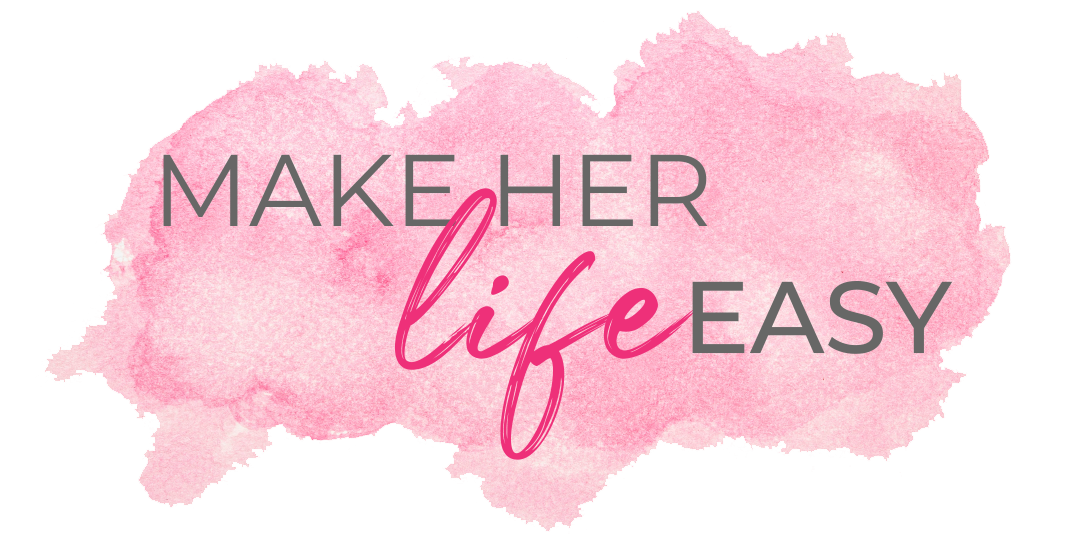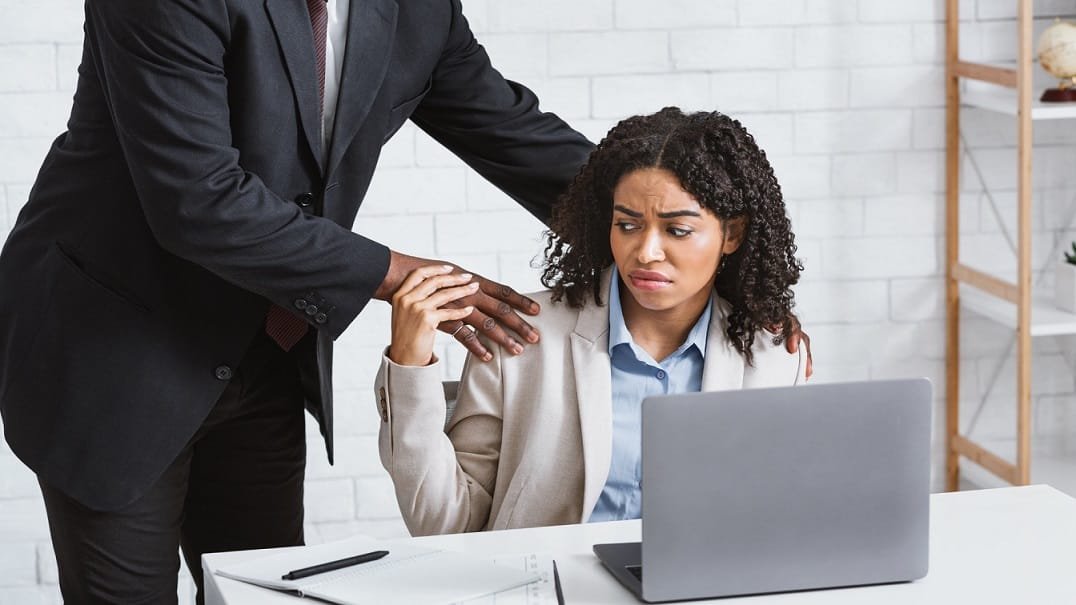Physical Harassment
Returning from successful auditions of the debate competition, Sarah was tripped over by Linda who was pretending to be waiting outside the girls’ restroom in the school corridor. Sarah fell on the floor and her heart skipped a beat. Teary-eyed, she turned only to see a silhouette speeding down the corridor in the opposite direction.
This is a typical example of physical harassment at school. Harassment is a common occurrence at educational institutions or public places that are frequented often. It can even occur among family and supposed friends. It can affect any age group but has different implications for each. The perpetrators may also belong to any age group, gender and may be a peer, for example a class fellow; a senior, for example a senior student at your school club; or a person in power or authority, like a teacher, tutor or religious teacher.
Forms of Physical Harassment:
Harassment has several forms including verbal, psychological, social and sexual, yet physical harassment is the most obvious. It makes one feel distressed, annoyed, pressured, fearful, threatened or physically hurt through a bully’s actions, however minor or seemingly benign. Worst, physical harassment might even involve the use of force: a slap, a punch, a kick, a tweak, a shove, tripping someone over, pulling hair etc.
It is important to understand that physical harassment is usually a bully’s way of either showing dominance within a group, seeking validation or establishing authority. Harassing behavior might also be a result of unresolved psychological issues.
In any case, physical harassment negatively affects the victim. Her grades at school might start to falter, she may have sleepless nights, nausea, lack of interest in studies, feel unsafe and insecure in certain places, avoid such places and she might altogether lose trust in people. This will have far-reaching effect on her personality, demeanor and social interactions.
This is why it is so crucial for adolescent girls to be aware of the signs and solutions for dealing with physical harassment. The twenty-first century woman is empowered. To attain this empowerment she has to practice standing up for herself from adolescence. This makes it imperative for young girls to recognize that they are being physically harassed and know exactly how to deal with it. Recognizing and dealing with it as girls will be useful in recognizing and addressing any form of harassment when they grow into strong women. This is an extremely important life skill in an empowered woman’s toolkit. Following are the tools to use specifically when physically targeted:
Dealing with Physical Harassment:
Be confident and strong:
Confidence is the most basic and essential quality that will deter a bully. Since they like to bully anyone who is weak, exuding confidence from your body language, posturing and interactions with onlookers will instead weaken the bully’s resolve. Also don’t fall into self-pity. Be strong, there is no point cribbing about the situation. However unjust and wrong a bully’s actions are, harassment is real and it happens in the world around us.
Don’t engage physically:
Although some victims might be tempted to react with the same force, but this could lead to a brawl that will not benefit anyone and eventually cause more hurt and involve more egos.
Let an adult know:
Another very important tool in dealing with physical harassment is taking an adult into confidence. It may be a person of authority at the institution, a teacher, parent or a relative. Most schools have counsellors and even ones specifically dealing with bullying. They are will listen, and provide reassurance and a workable solution for your specific situation.
Seek counselling:
Fear or negative emotions can build up which need an outlet. It is a good idea to talk your heart out to a professional. Especially so, if your health or studies are being affected. It may be psychologist at school, a general counsellor, or a teacher/ coordinator. Many schools now have a clinical psychologist on campus to help students in distress.
Gather support from peers:
There are always close or sincere friends who can give you support so you don’t feel lonely. Also, the bully may back off if he or she knows you have support and cannot be isolated or cornered. There is always strength in numbers.
Support other victims:
Once a victim of physical harassment, it is natural to empathize with anyone else who you may find in a similar situation. Take out time to offer them support. You may even be able to start an awareness campaign or a support group locally or virtually.
Gain self-defense training:
This is a rather uncommon tool but very essential. Girls should opt it whenever there is an opportunity, for example at school or community clubs. Otherwise, parents should get girls enrolled in self-defense sessions during summer breaks etc so that they are prepared to deal with physical assault on the spot. It makes them self-sufficient, fearless and physically empowered.
Conclusion: Physical Harassment – What Teenage Girls Need to Know
In conclusion, physical harassment – what teenage girls need to know is more than just identifying the signs; it’s about empowering young girls to recognize, confront, and overcome such challenges with confidence and resilience. By understanding the forms and impact of harassment, seeking support from trusted adults and peers, and embracing tools like self-defense training, teenage girls can protect themselves and others while fostering an environment of mutual respect and safety. Empowerment begins with awareness, and every girl deserves the knowledge and confidence to stand against harassment and thrive in her personal and academic life.
Written By: Amna Saadat Ali




